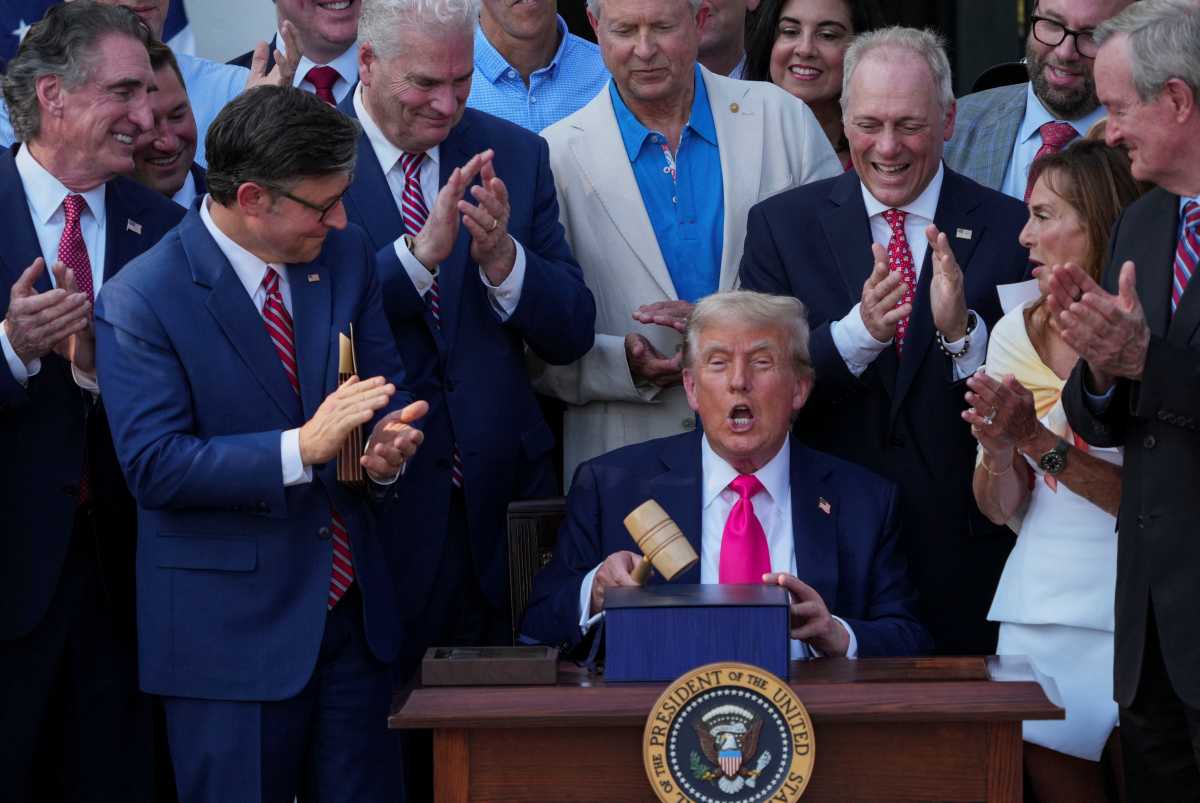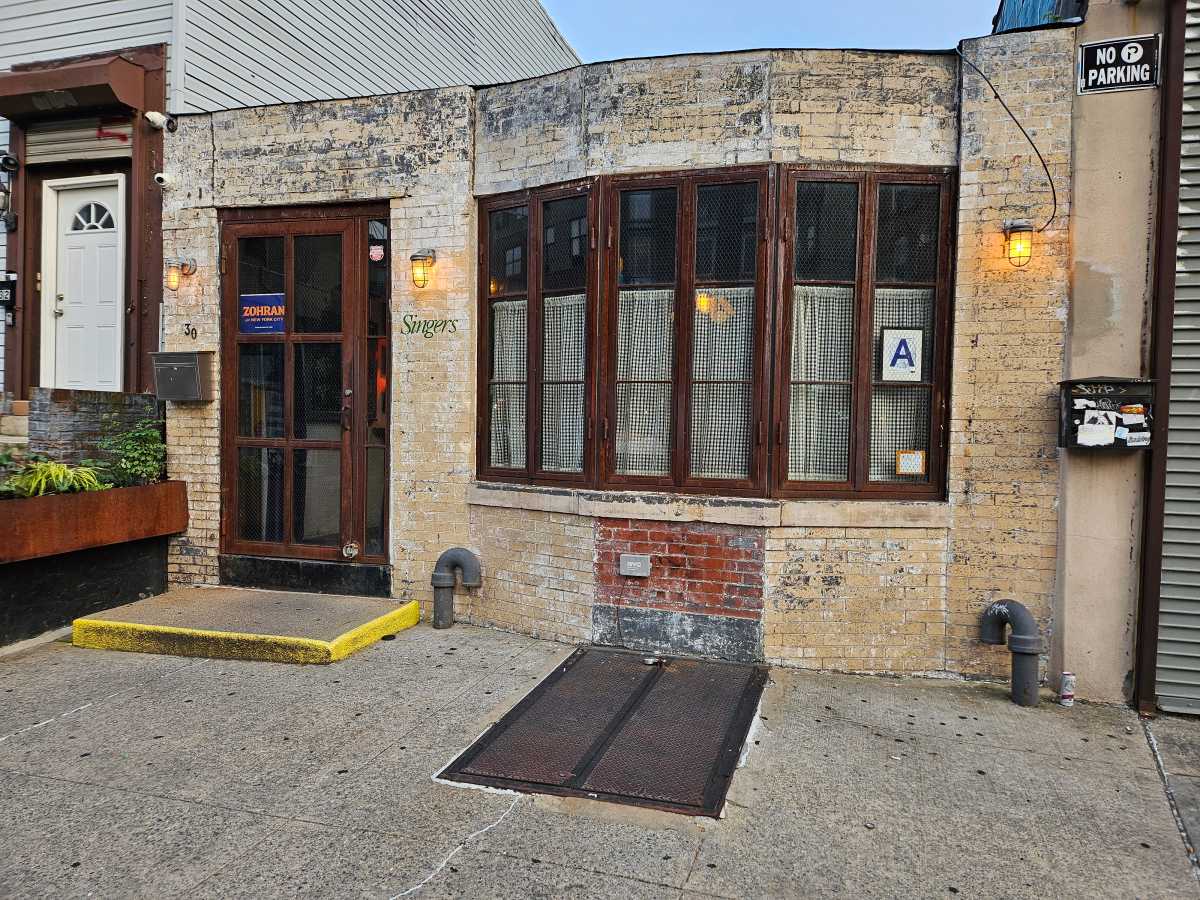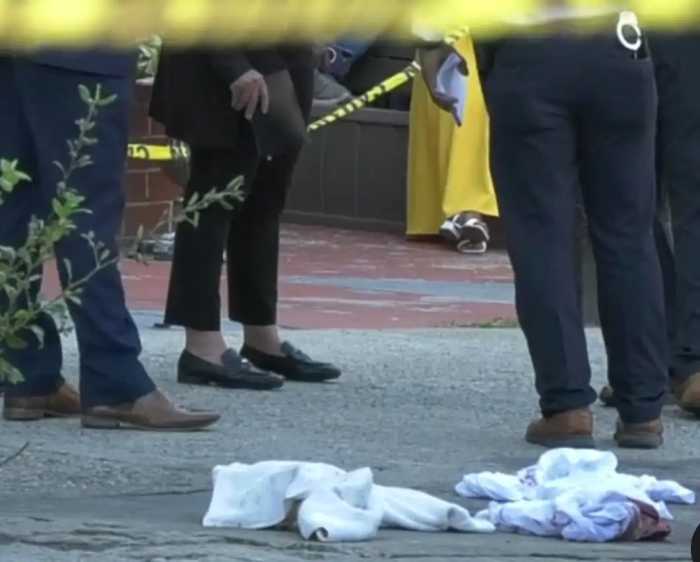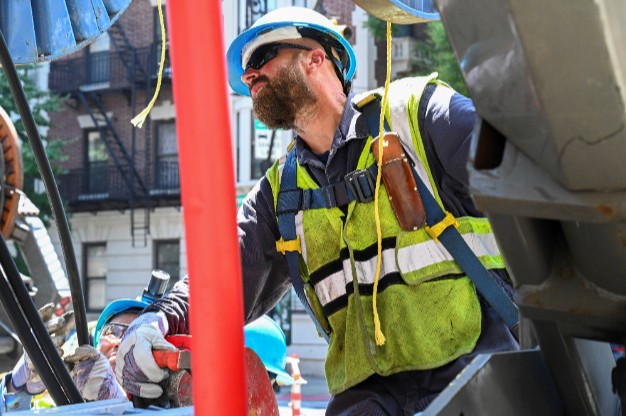By Suzanne Zionts
The blue six-story building looks modern compared to many of the walkups that line Third St. between Avenues C and D. But inside The Ryan-NENA Center, the eclectic life of the Lower East Side spills into every corridor. The center bustles with energy. Staff members greet each other good morning. There is a line in the lobby at the front desk of many people coming in for medical attention. Signs line the elevator in English that are translated into Spanish and Chinese.
The basic function of the Ryan-NENA Center is to provide primary care for newborns through geriatrics. It serves primarily the Lower East Side community, but patients come from all over the five boughs to get the care provided there. Ryan-NENA is funded by the federal government to provide services for the uninsured and underinsured. Services range from pediatrics, adolescent care, care for adults, geriatrics, prenatal care, GYN, dental, blood work, mental health, nutritional counseling, eye care and X-rays. In addition, there is a gamut of community outreach programs.
Kathy Gruber, Ryan-NENA Center executive director, said, “Our main statement is that healthcare is a right and not a privilege.”
NENA stands for North East Neighborhood Association. The facility grew out of a community struggle in the Lower East Side to get a health center. It began in the late 1960s as an independent community health center. The current building has been in existence since 1974. Before that, it was across the street in a building now belonging to Henry Street Settlement.
In the late 1980s the attorney general got involved because NENA’s board was misusing funds. The federal government said it would defund the center unless they could find another agency to run it.
Gruber said that the biggest challenge was “regaining community confidence.”
In 1988, the William F. Ryan Center was contacted to get NENA back on its feet. Many of the neighborhood residents were suspicious because of previous encounters they had with NENA before Ryan got involved. Ryan and NENA officially merged in 1995.
In the first years after Ryan affiliated with NENA, they cleaned and renovated the building. They restored services that had been cut and brought in qualified medical care. The problem was the community still remembered the experience they had before at NENA.
“That was the beginning of our concerted effort to do outreach to the community,” said Gruber. “We had to let them know we are here, we’re back, we’re different and we are here to serve your needs. So that was the biggest challenge. But we couldn’t begin to do the outreach until we had put those other building blocks in place.
“Politically, our support has come from both sides of the aisle, because we provide healthcare and provide jobs to the community,” said Gruber. “It doesn’t matter if you are Democratic or Republican if you support healthcare, and particularly these days.”
Also crucial about Ryan-NENA is that it has a sliding fee scale. Patients don’t need to have insurance. And Ryan-NENA doesn’t ask if patients are documented or undocumented. Ryan-NENA only asks for verification of address, income and if one is insured. The sliding fee is based on income and family size; the lowest end is $32 a visit.
The initial fee also includes X-ray services and lab tests that are done at the center. Patients with Medicaid or Medicare receive the same inclusiveness when they pay for a visit. In addition, there is a subsidized pharmacy for uninsured families. Patients pay $7 per prescription and the center absorbs the balance of the cost.
There are special child and adolescent outreach programs, including outreach to local schools. NENA runs two school-based clinics at P.S. 64 and P.S. 188, where students who register for services can see a nurse practitioner and get all their primary care.
Ryan-NENA also has health education workshops, and at different times, staff members have gone into different schools and done workshops on health-related topics. Adolescents who are uninsured only have to pay $5 per visit.
“The most fulfilling thing is to see that we are continuing to grow and continuing to meet the needs of the community,” Gruber said. “We are not just one site on the Lower East Side or three big sites in Manhattan. What we are doing here, people are doing in their communities, all over the country. It really gives you strength to know that you are not the only one who has the mission that healthcare is a right and not a privilege.”




























